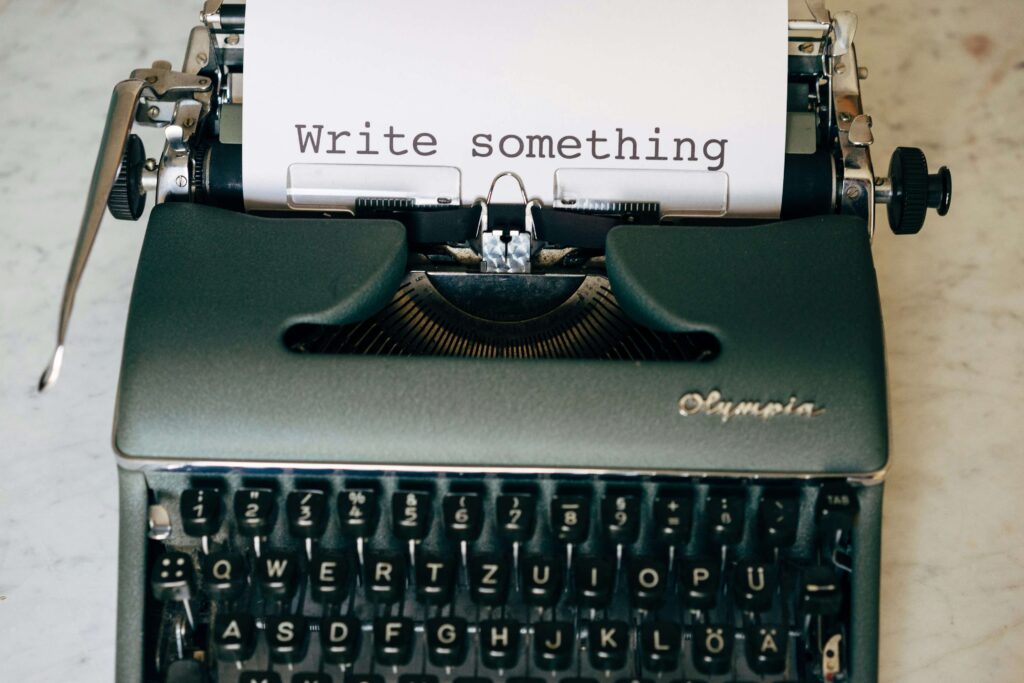It’s not impossible to edit as you compose, but it’s the hardest way to do it, and often the least successful and most time-consuming.
When I’m composing on the keyboard, I tend to lose perspective. I’m focusing on grammar, punctuation and word choice before I’ve even pinned down the big ideas.
When I’m on the keyboard, it’s possible to “fix” things as I go, so I do. Before I know it, I’m pausing constantly to agonize over every sentence, then every word, interrupting the flow of thoughts until they sputter to a halt because I’ve lost the thread.
So what do you do instead?
Writing as a process: break it up
It’s actually more efficient and usually quicker to divide the writing task into three distinct stages: planning, drafting and revising. When you break it down like this, you allow your brain to do one kind of work at a time, with better results.
Of course, you use your whole brain for everything, but when planning and drafting, you’re using more creative, nonlinear, holistic thinking. Revising and editing use more detailed, logical, precise, methodical, analytical, sequential, parts of the brain.
Planning
“Planning” doesn’t have to mean a formal outline or even a web or mind map. It can be a few scribbles on the back of a napkin, if that’s enough to give you a direction. The point is to take the time to think it through, in writing, from beginning to end.
Once you have a plan, you don’t need to wait for inspiration to strike before you can start writing. It’s already written down, and all you need to do is to create complete sentences from your notes.
I find a formal outline easier to follow because of its hierarchical structure, but that back-of-the-napkin map will do just as well. Any planning on paper gives you a starting point, so you will never again have to face the existential terror of that blank page.
Drafting
Step away from the computer. I mean it. Turn it off if you have to.
Go find a piece of paper and a pen. Grab your outline and your coffee. Start writing longhand.
Why? After all, you can probably type way faster than you can write by hand!
Because it’s not about speed. It’s about making the process less onerous and more reliable, without needing deadline pressure to light a fire under your butt.There’s a certain magic in the pen / paper / hand / brain connection. Writing longhand activates different parts of the brain than keyboarding does. (There are numerous studies about the benefits of writing by hand. There’s a link below to get you started if you’re interested.)
Revising
Revision itself is also subdivided into progressively narrower tasks, from revising the big ideas to correcting the last little details.
The big ideas: Revision — re-vision, or re-seeing — is about stepping back and looking at your own writing with fresh eyes, as if somebody else had written it. This involves setting your draft aside for a time before you begin revising.
When you don’t have time to do that, it’s still worth it to separate this task from everything else. When you must revise as soon as you finish drafting, you can at least get up for 5 minutes before you begin.
When you do have time, it’s best to set it aside for at least a few days. The distance will help you evaluate the top-level ideas more objectively.
Clarity: Once the big ideas are arranged in a logical sequence, we look at word choice. Do the words convey your idea clearly enough? Too many words? Not enough? At this stage you generally leave the grammar alone.
Sentence-level editing and proofreading: This is what most people probably mean when they think of “editing” – checking for grammar, punctuation, typos, spelling, and all the other teeny-tiny things that go into good writing. When I’m editing a longer document, I’ll do this stage in several steps, so I’m not trying to catch everything all at once.
I know it doesn’t sound possible that taking the time to plan, draft and revise as three separate steps could be faster than just writing on the fly and editing as you go.
So don’t take my word for it: try it and see for yourself.

